In winter, things can get cold, dank, and moldy. What’s worse, imagine bathing on a cold morning and using a damp, smelly towel. Even thinking about it may send shivers down your spine. But this can be avoided thanks to the Swedish company Toomec AB, who developed the idea of towel warmers in the 1980s. Towel warmers were first presented as a quality of luxury hotels in Europe only, but today are a widely demanded product by consumers. This article will explain the key factors to consider when sourcing towel warmers.
Table of Contents
Factors that drive the market growth of towel warmers
A buying guide for towel warmers
Materials of towel warmers
Types of towel warmers
Considerations before buying a towel warmer
Prospective clients of towel warmers
Conclusion
Factors that drive the market growth of towel warmers
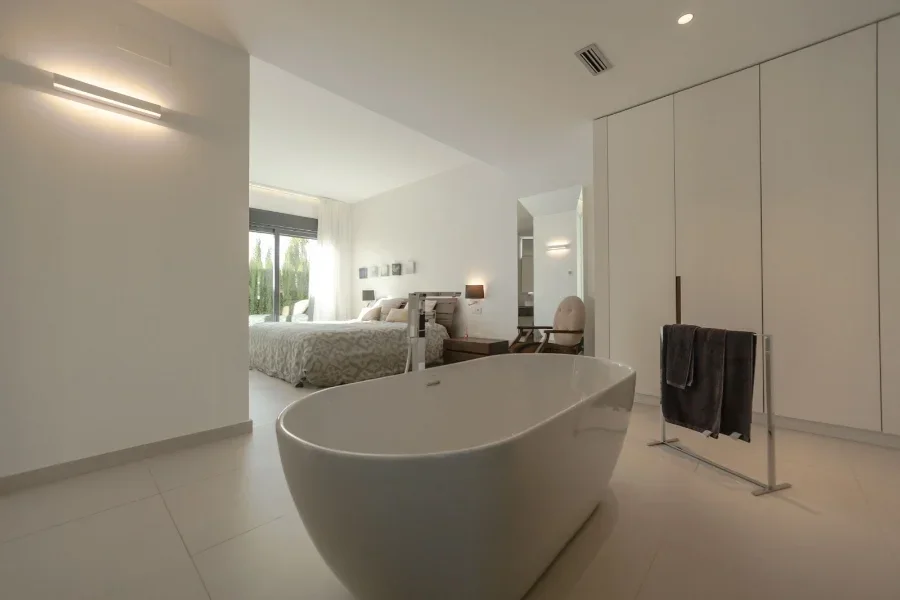
The growth of the towel warmer market is expected to reach $ US 1,731.60 million by 2028. Urbanization is a high factor in increasing the demand for towel warmers worldwide. Consumers’ preference for a modern-day apartment with the mandatory standard fixture of towel warmers in the latest bathrooms has significantly increased the demand for towel warmers worldwide.
Among other things, increasing comfort and energy efficiency, reducing laundry, streamlining storage options, eliminating bacteria, technological advancements, and bathroom improvements, along with millennials buying home automation and using spas, have increased the demand for towel warmers.
Because of the region’s requirement for effective energy solutions and the need for heating equipment in restrooms due to the region’s harsh weather, Europe dominates the towel warmers industry. A high growth rate is anticipated in Asia-Pacific from 2021 to 2028 due to the region’s expanding residential and commercial construction industries. Between 2022 and 2027, the market for towel warmers is anticipated to grow at a compound annual growth rate (CAGR) of 5.8%.
A buying guide for towel warmers
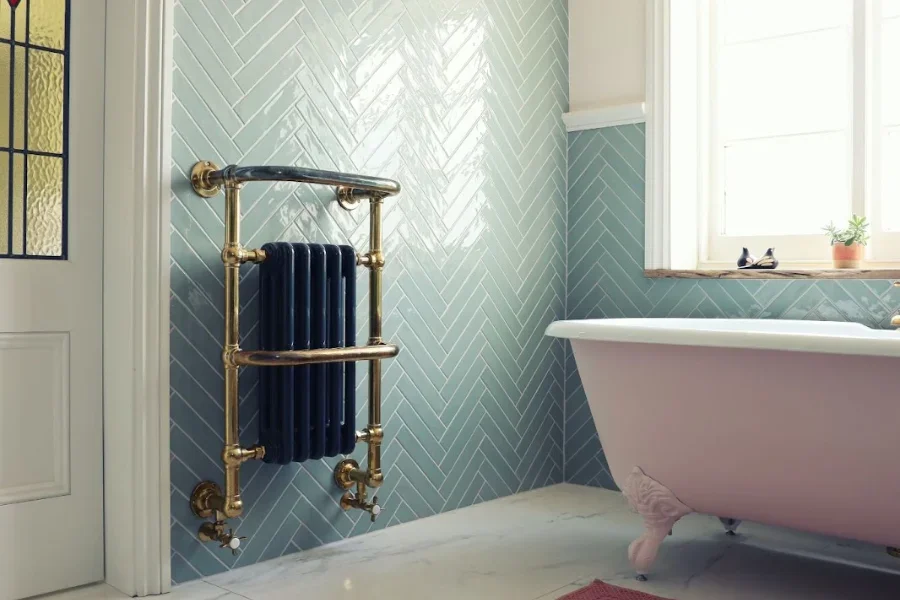
Other growth-promoting elements in towel warmers include a variety of product developments, such as the introduction of programmable, Wi-Fi-enabled towel warmers that can be turned on or off following user demand. Product producers create long-lasting, energy-efficient variations using recyclable, corrosion-resistant, and high-grade stainless steel. It is projected that further factors, such as increased consumer spending power and active marketing campaigns by product producers through online retail platforms, will propel the market even further.
Materials of towel warmers
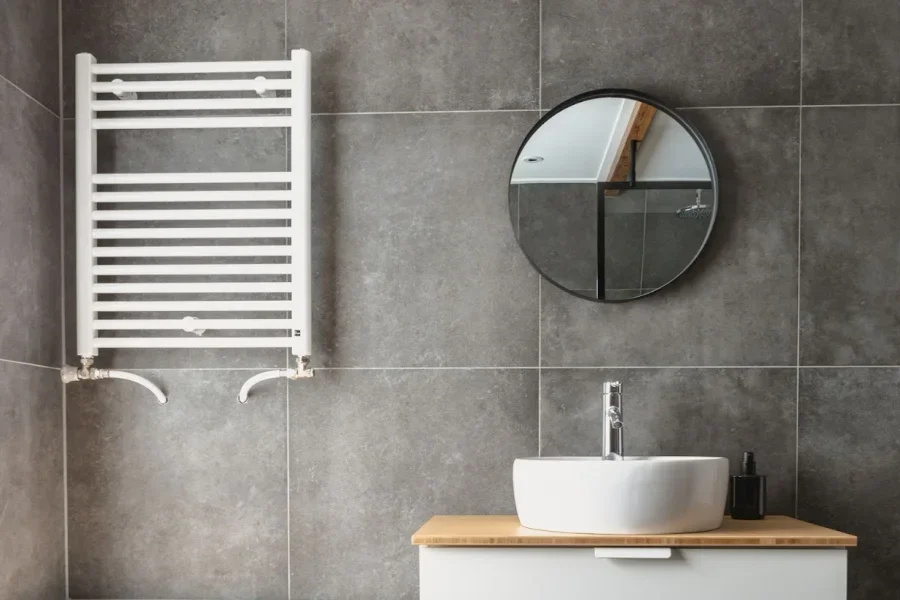
There are three commonly used towel warmer materials.
Stainless steel towel warmers
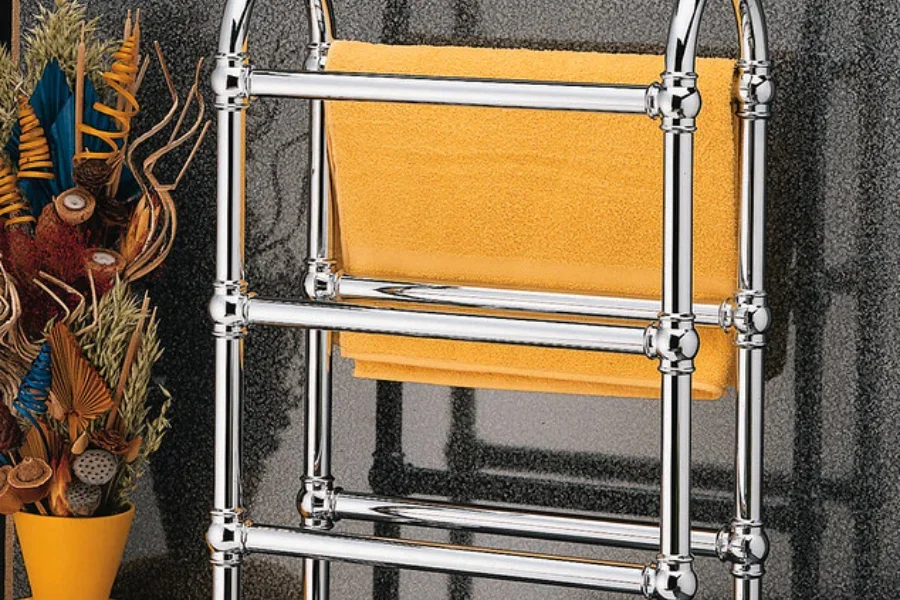
Stainless steel combines three materials, i.e., steel, chromium, and nickel. It’s easy to clean as it is typically stain-proof. It’s perfect for washrooms where the environment is moist as its corrosion, tarnish, and scratch-free without any known health risks. It’s an extremely demanded, hygienic, yet expensive material for towel warmers.
Copper
Copper is stable with a high weight and density. It retains its shape and color even after electroplating and polishing. An increase in the price of copper has infiltrated the price of copper towel warmers, which has decreased its demand over time.
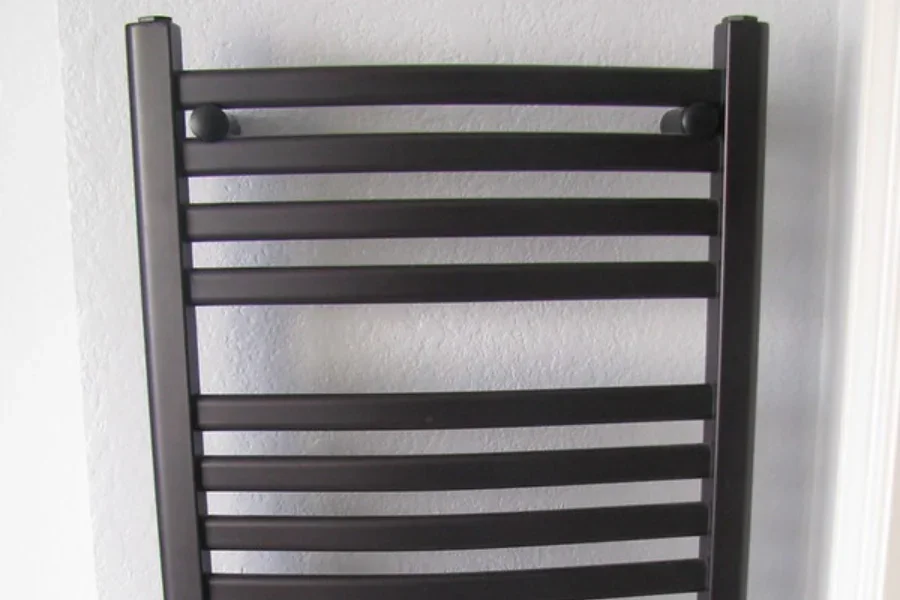
Aluminum towel warmers

Aluminum towel warmers are the best for their qualities like anti-corrosion, durability, chic style, efficient heat output, and energy. The heat output ratio between steel and aluminum is 1:2, which means one rod of heated stainless steel equals two heated aluminum rods. However, aluminum towel warmers heat faster due to their delicate and less sturdy bodies. Aluminum towel warmers are environmentally and pocket friendly, saving you from high utility bills.
Types of towel warmers
Depending on the type of installation, there are two main types of towel warmers.
Electric

You can use an electric towel warmer rack if you don’t want a permanent installation. It heats by using electricity, which is equivalent to approximately two bulbs. It needs a power outlay to function correctly. It’s best to be used with a freestanding model.
Pros of electric towel warmers
- It requires a power outlay and is easy to use.
- Easy to move from one place to another (if not wall-mounted).
- It consumes less energy.
- Heats very quickly.
Cons of electric towel warmers
- Conspicuous wiring, which is dangerous for kids.
- It requires the assistance of an electrician for the installation of hardwired models.
- If one element isn’t working, one must replace the entire model instead of fixing just one heating element.
Hydronic
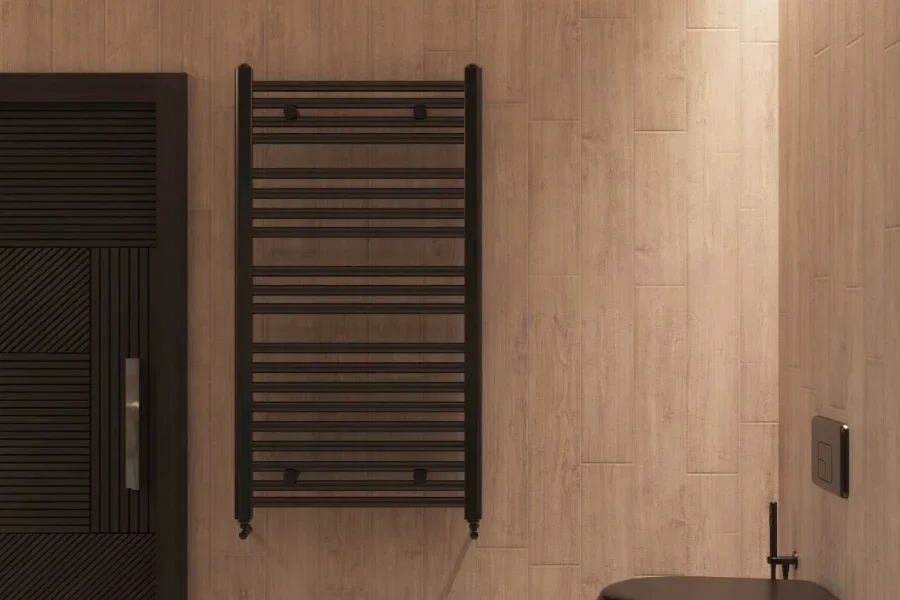
Like a radiator, a hydronic towel warmer uses hot water to provide heat. The water gets heated either with existing hot water or water running through the rails of the towel warmer to offer energy-efficient heat. Some hydronic towel warmers are water-filled towel warmers that combine water with glycol to keep the bars warm and stop corrosion and rust.
Pros of hydronic towel warmers
- Environmentally friendly.
- It requires no wiring.
- It doesn’t require an outlet for plugging.
- One can use it with the existing plumbing.
- One can easily replace the heating element in case of any damage or accidents.
Cons of hydronic towel warmers
- It requires professional assistance.
- It takes a longer time to heat up.
- Not movable after installation.
- A hydronic towel warmer can only be used if the boiler or radiator is turned on.
Considerations before buying a towel warmer
The following factors should be considered before buying a towel warmer.
Price range
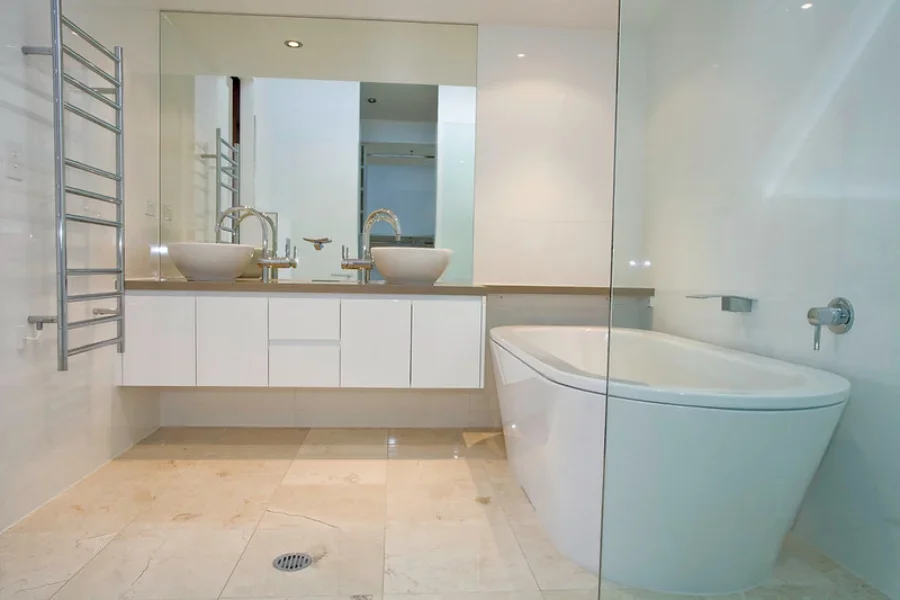
Towel warmers are available in varied ranges i.e. as low as under $ US 300 to as high as $ US 4,000. The price range of towel warmers varies as per their size, design, and installation. A towel warmer with a sleek modern design would be expensive, requiring additional units for professional installation. At the same time, a standard installation with a simple minimalist style tends to come at a lower price tag.
Design

Towel warmers are available in various designs and colors, from contemporary to classic. They’re also available in multiple finishings like antique gold, oil-rubbed bronze, satin nickel, polished bronze, and stainless steel. Also, some towel warmers have bonus features like a hook for hanging robes, extra heating, and extra storage capacity.
Size
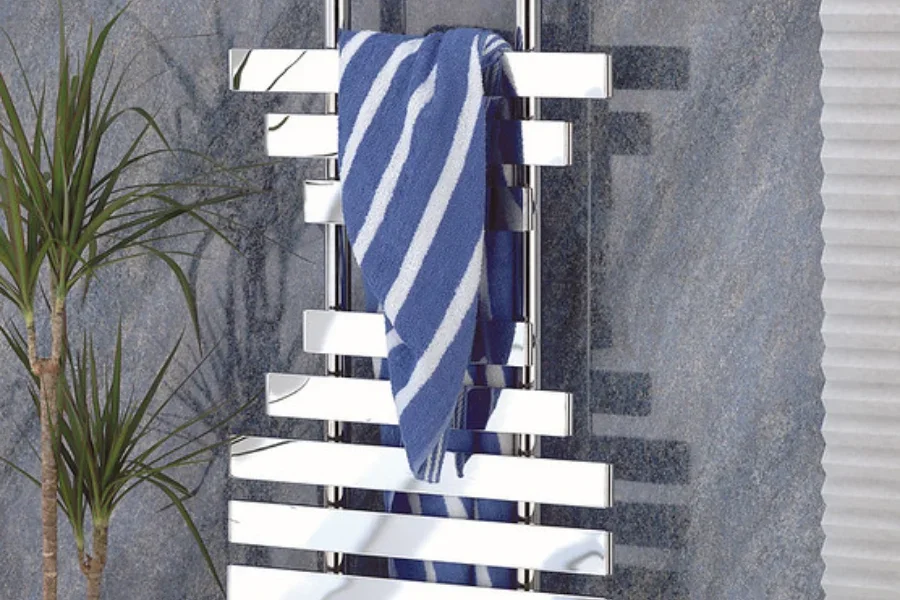
Towel warmers are available in various sizes, from large to small units. Towel warmers with a greater surface area can warm and dry multiple towels simultaneously. But remember, a larger unit requires a larger washroom.
Installation and location
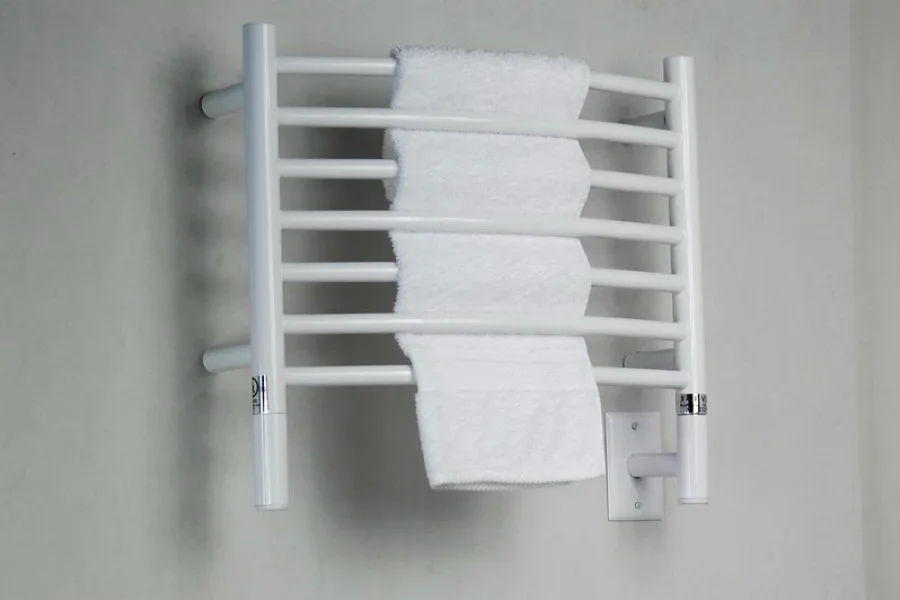
Most towel warmers are easy to install. They require a 12 V plug into any outlet, just like everyday appliances. At the same time, some towel warmers require professional installation. Their installation also depends upon the mounting position. Generally, an electric free-standing towel warmer is the easiest to operate and can be installed by anyone. But a free-standing towel warmer isn’t safe in the presence of kids; thus, wall-mounted towel warmers may be a better option, but they require the help of a professional, which adds cost for the consumer.
Switchers and timers
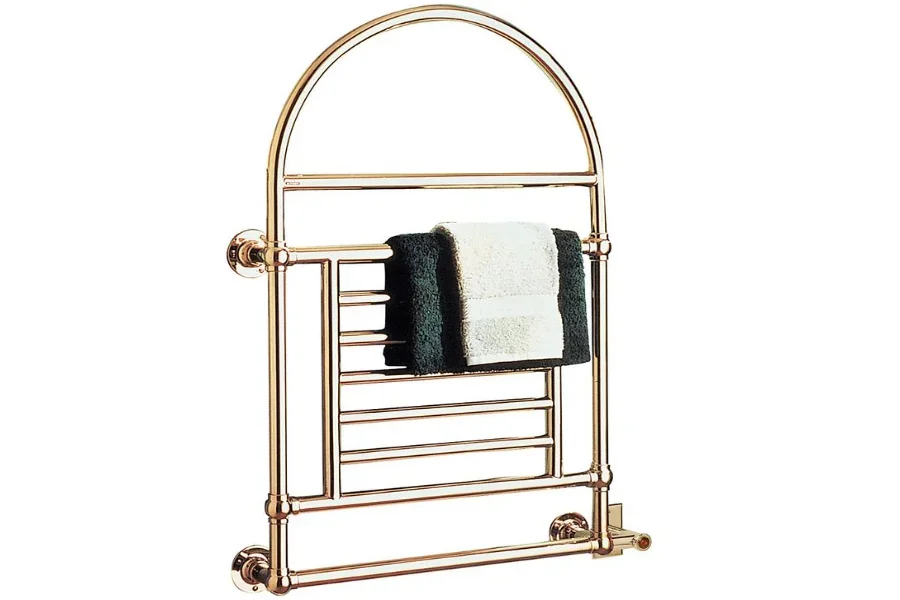
The most efficient way to use a towel warmer is to keep it on as the energy used initially by a towel warmer to keep it heated is more than the energy it needs to keep it warm once heated. Many towel warmers offer switches, timers, and thermostats for the user’s convenience.
Prospective clients of towel warmers
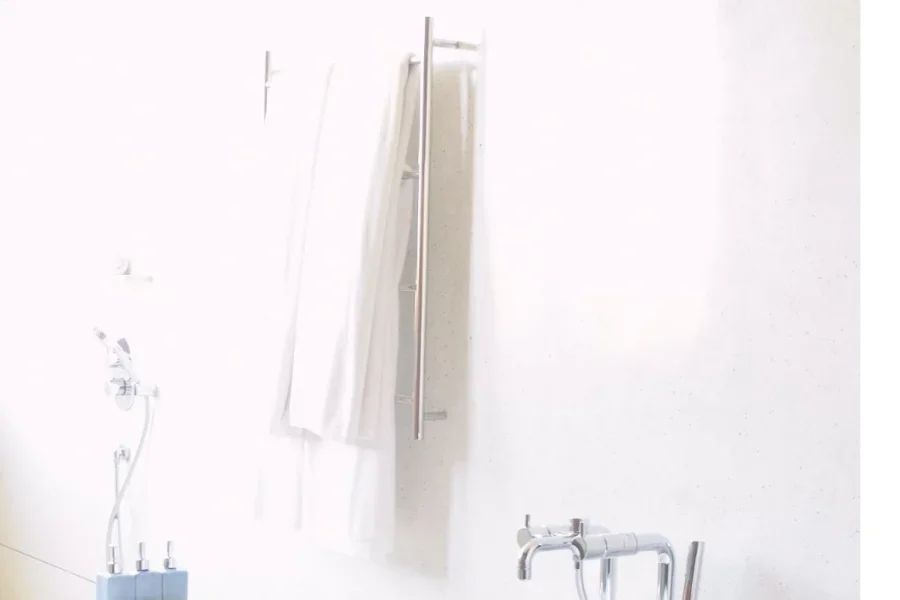
Regarding market share in 2019, the commercial sector dominated the use of towel warmers, accounting for 69.4% of all applications. The expanding commercial sector and flourishing tourism drive higher demand in the retail industry. Towel warmers are lightweight, simple to use, durable, and highly demanded by industry business owners. Due to their low cost and ease of installation, owners are likelier to choose electric towel warmers.
Further, colder weather in Europe and people’s awareness about germs and personal hygiene have drastically increased the demand for towel warmers among the general population.
Conclusion
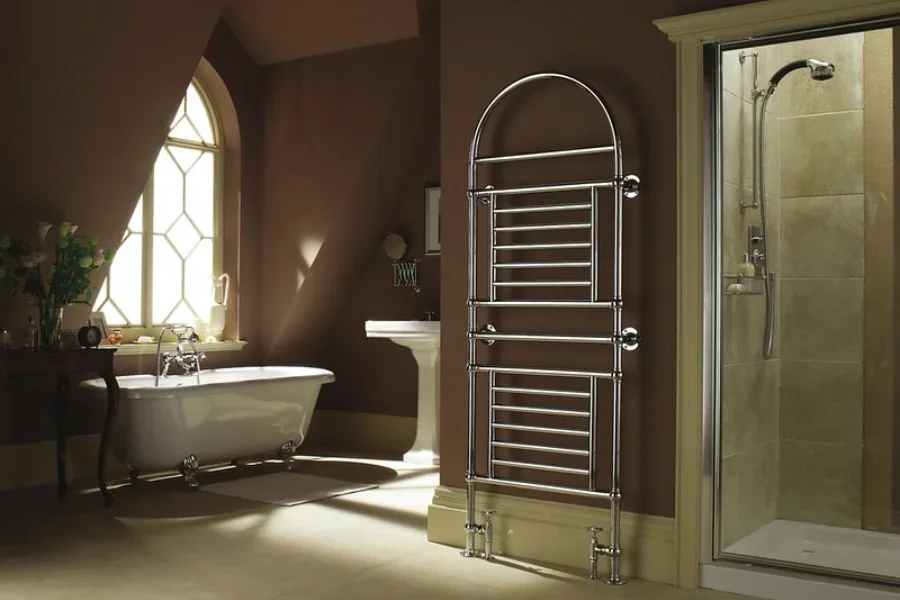
Besides heating and drying towels, towel warmers reduce the danger of contamination and diseases from moist towels by removing coliform bacteria, mold, and mildew spores. Homeowners tend to care a lot about the look of their bathrooms; the best towel warmer suits people’s budgets, bathroom designs, and space. After assessing your market’s budget and needs, you can efficiently stock the best models of towel warmers by reviewing a wide selection of towel warmers on Alibaba.com.



